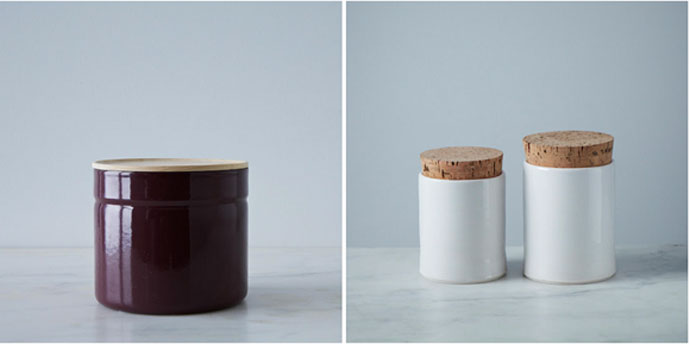Tips for brewing better coffee
A good grind is hard to find


Making good coffee at home is a revelation.
Don't get us wrong, it's certainly a treat to have someone make a coffee for you. But making coffee at home, especially on a chilly morning, when you can make a perfect cup in house slippers, drink it on your couch while reading the paper or checking your Instagram feed before you’ve had to say a word to anyone, or even put on a coat, seems like a miracle.
Brewing great coffee at home is no magic feat. And it certainly doesn't require six month's rent for a home espresso machine, either. It just takes a few key elements to make a game-changing cup of coffee in your very own kitchen.
The Week
Escape your echo chamber. Get the facts behind the news, plus analysis from multiple perspectives.

Sign up for The Week's Free Newsletters
From our morning news briefing to a weekly Good News Newsletter, get the best of The Week delivered directly to your inbox.
From our morning news briefing to a weekly Good News Newsletter, get the best of The Week delivered directly to your inbox.
Here are a few tricks of the trade that will help.

For starters, think fresh.
Coffee usually tastes best within two weeks of its roast date. If you have the option to buy in bulk, you should only buy as much as you and your household can drink within a fortnight.
A good grind is hard to find.
A free daily email with the biggest news stories of the day – and the best features from TheWeek.com
Freshly ground coffee is unparalleled. Burr grinders are better than blade grinders — they give you a more even grind which allows, in turn, for a better, more even extraction when it's time to brew. There are a number of less expensive hand grinders on the market that save you money in lieu of a little muscle. (At Stumptown, we love the Porlex and Hario models.) In a pinch, blade grinders work best if you give them a little cocktail shaker shimmy when grinding. But burr is best.
Think about storage solutions.
Coffee, like olive oil, can degrade when exposed to sunlight. So to keep it fresh, it's best to keep whole bean coffee in a well-sealed, dark glass or ceramic jar away from heat and moisture and grind it right before you brew. Otherwise, seal it up in its protective bag. Whatever you do, don't grind and freeze it. The fluctuating temperature and added moisture affects the oils and cell structure of the coffee and it ends up tasting like your freezer smells, a.k.a no bueno.

Heat things up.
Preheating all of your brewing equipment with hot water helps to keep the brewing temperature stable. The same is true for your mug, with the added hand-warming benefit, which makes the whole experience even better than it already is. If you use a paper filter brew method, you'll want to run hot water over the filter to rinse out the paper taste. Also, you’ll want your water temperature when brewing to be about 30 seconds off the boil or around 200° F.
Worth its weight.
And lastly, though tablespoons will certainly do, a scale is integral to making sure you are measuring out the right dose. Different types of coffee have different sizes and densities, so one tablespoon of a French roast, for example, will vary greatly in weight from one tablespoon of an Ethiopian heirloom coffee. But weighing your coffee is a foolproof way of getting your dose right. Any digital kitchen scale is worth its weight. (If you don’t have one, one tablespoon equals roughly 7 grams.)
More from Food52...
-
 Political cartoons for January 10
Political cartoons for January 10Cartoons Saturday’s political cartoons include a warning shot, a shakedown, and more
-
 Courgette and leek ijeh (Arabic frittata) recipe
Courgette and leek ijeh (Arabic frittata) recipeThe Week Recommends Soft leeks, tender courgette, and fragrant spices make a crisp frittata
-
 Trump’s power grab: the start of a new world order?
Trump’s power grab: the start of a new world order?Talking Point Following the capture of Nicolás Maduro, the US president has shown that arguably power, not ‘international law’, is the ultimate guarantor of security